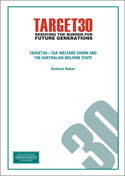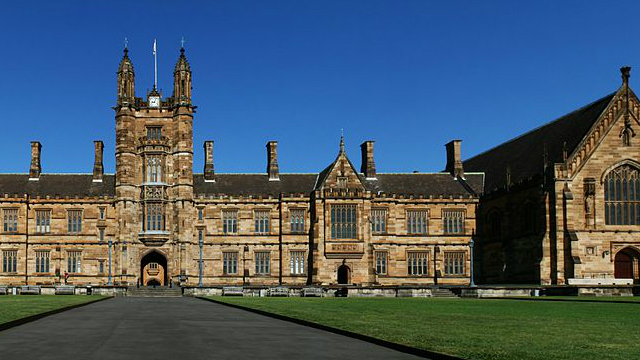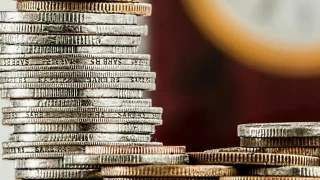
In 2010–11, Australia’s welfare state, which includes health, education, and welfare accounted for approximately $316 billion in government expenditure. Approximately half of this expenditure, or $158 billion, can be attributed to tax-welfare churning. Tax welfare churning is the process of levying taxes on people and then returning those taxes to the same people in the form of income support payments or through health, education and welfare services. This report outlines a number of targeted and pragmatic reforms aimed at reducing the size of the welfare state, with the additional benefit of reducing tax welfare churn at the same time.
Andrew Baker is a Policy Analyst at The Centre for Independent Studies.










